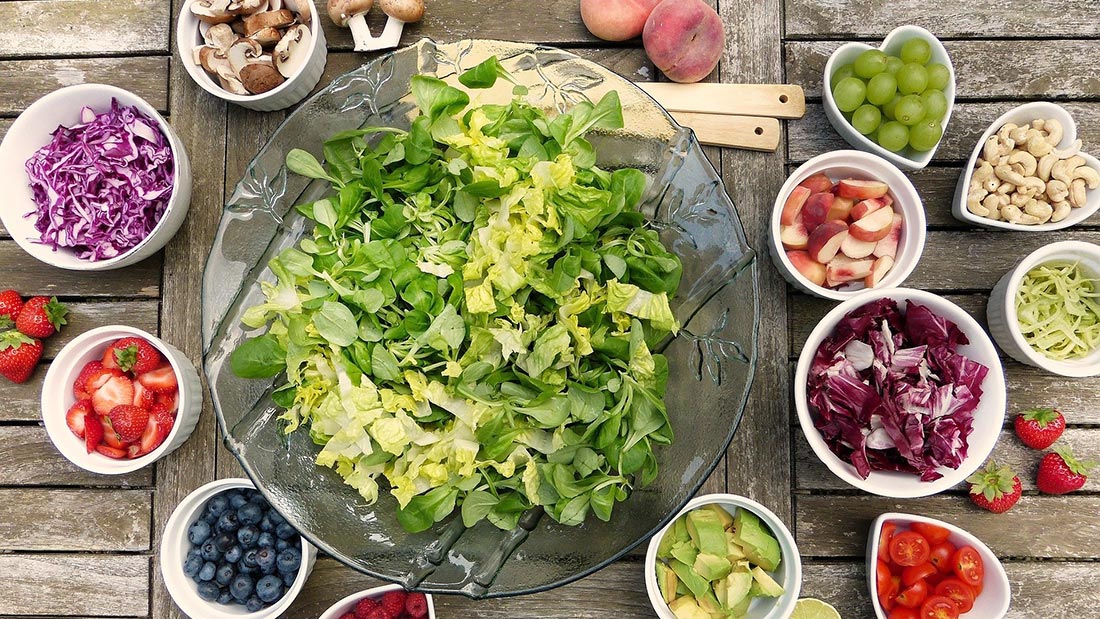Iron: A-Z of Nutrients

How much iron do you need daily?
The amount of iron you need is:
-
- 8.7 milligrams a day for men over 18
- 14.8 milligrams a day for women aged 19-50 years
- 8.7 milligrams a day for women over 50
You should be able to get all the iron you need from your daily diet.
Women have higher requirements as they lose iron during menstruation. Those who lose a lot of blood during menstruation (heavy periods) are at higher risk of iron deficiency anaemia and may need to take iron supplements.
Visit the A-Z of Nutrients to read about recommended daily doses.
Are we getting enough?
The 2016 National Diet and Nutrition Survey found evidence indicating low intakes for iron in a proportion of people, particularly in girls and women.
Almost one in every two girls (48 per cent) aged 11 to 18 are failing to meet even low targets along with over a quarter of women (27 per cent) aged 19 to 64. Boys and men have higher intakes but still, nine per cent of boys aged 11 to 18 are falling short.
Why do we need it?
Iron is an essential part of the oxygen-carrying molecules haemoglobin and myoglobin. Haemoglobin is found in red blood cells and myoglobin is found in muscles. Iron also makes up part of many proteins in the body.
Iron occurs in two forms:
- Haem iron is found in animal tissue, whilst non-haem iron is found in plants. Haem iron is more readily absorbed but it can accumulate in the body and cause damage. Excess haem iron encourages the production of free radicals which damage DNA. It’s also associated with raising heart disease risk.
- Non-haem (plant) iron is absorbed by the body in smaller amounts but is not stored in the body (like haem iron) so cannot cause excessive iron levels. The body absorbs non-haem iron according to its needs, so you need a steady supply of iron-rich foods in your diet.
Vitamin C helps the absorption of iron from foods so it’s good to combine iron and vitamin C-containing foods in one meal.
It’s unlikely that you’d get too much iron from a vegan diet alone but if you take supplements, taking high doses (over 20 milligrams) can cause constipation, nausea, vomiting and stomach pain. Extremely high doses can be toxic, especially for children, so if you have supplements at home, keep them in a safe place.
Do I need a supplement?
No, a healthy vegan diet containing the above foods on a daily basis will cover your needs.
The best plant sources
The best plant sources of iron include wholegrains (quinoa, wholemeal spaghetti and wholemeal bread), fortified breakfast cereals, pulses (lentils, tempeh – fermented soya beans, tofu, baked beans, kidney beans, peas), seeds (pumpkin seeds, sesame seeds and tahini – sesame seed paste), dried fruit (apricots and figs), seaweed (nori) and dark green leafy vegetables (kale).
Some herbs and spices contain considerable amounts of iron (20-100 milligrams per 100 grams) and although they tend to be used sparingly, regular use will contribute to your overall intake). For example, three teaspoons of mixed herbs (68.97 milligrams per 100 grams) contain two milligrams of iron.
Learn more about the A-Z of Nutrients on the Viva! Health website.